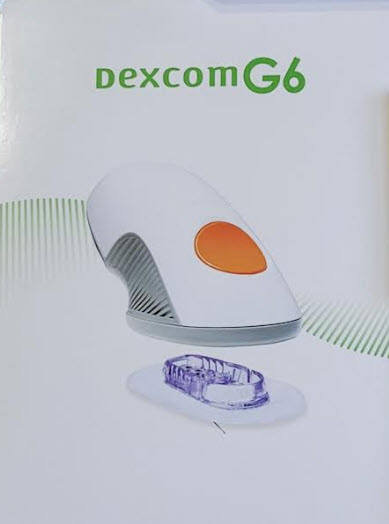Technology has increased the ability for people to monitor and manage their diabetes more effectively. One of those is continuous glucose monitoring (CGM) systems. They eliminate the need for multiple finger pricks to obtain a blood sample for testing.
CGMs monitor glucose levels through an adhesive sensor that’s placed on the arm or abdomen. It has a small needle that’s inserted into the skin and held in place by the adhesive backing. Readings are sent to a phone or a specific monitor designed for the task. Depending on the brand, sensor patches will need to be replaced every 4 to 10 days.
The sensors monitor the fluid between cells and takes readings every few minutes. It’s the equivalent to testing glucose levels approximately 300 times per day. The sensor patches notify individuals when their blood sugar levels go above or below a specified reading. The reading will tell them if they need to administer insulin or consume something to raise glucose levels.
CGMs are extremely helpful in identifying trends and patterns in glucose levels. They’re especially beneficial for those that work out, exercise regularly, or have jobs that can make monitoring difficult. The devices are FDA-approved and can only be obtained with a prescription. Depending on the brand, the readers cost between $200 and $300. That doesn’t include the cost of sensors that can run $400 to $500 per month.
The technology is effectively out of reach for many people. Some health insurance companies consider them a covered expense, other don’t. Not all state’s Medicaid program cover them, will only do so for Type 1 diabetes, or for children.
Some states also have strict criteria about the frequency of doctor visits, number of times a person tests each day, and their A1C levels. Some states will only accept a diagnosis of the disease from an endocrinologist. Medicare will cover 80 percent of the cost, but also has stringent requirements as to who qualifies for the technology.
If you would like to find out about earning cash for your unwanted, unused and boxed test strips, complete our online quote form today.
If you have extra, unopened and unused boxes of diabetic test strips – whether you have switched brands, no longer need to test or test less frequently, or have a loved one who has passed away – don’t let them gather dust until they’ve expired and end up in the trash. We’re the best place to sell diabetic test strips online, and if you want to sell your test strips, we’re here to make the process easy and enjoyable!
Visit us at Sell Your Test Strips and get your free quote today!

